Japanese authorities are installing robotic wolves that can move and make noise to scare off any bears that want to forage in the city.

The wolf robot has a scary appearance. Photo: All that is interesting
A city in Japan is taking a creative approach to keeping wild bears at bay. The city of Takikawa is deploying robot wolves to address the growing threat of bears scavenging for food, which is increasing the risk of clashes with humans. Takikawa is located on the island of Hokkaido, with a population of over 40,000, Interesting Engineering reported on October 2.
The “wolf monster” was developed by machinery manufacturer Ohta Seiki. Another company called Wolf Kamuy now handles sales and maintenance of the wolf robots. Originally designed to protect farms from wild animals, the wolf robots are now used by local authorities and highway managers, golf courses and pig farms.
The robot wolf has a fearsome appearance with bared teeth, glowing red eyes and a threatening hiss. Its body is covered in synthetic fur and its head can shake to scare off bears. It also makes a howl and other sounds when it detects movement, which can be heard from a kilometer away. These sounds include more than 60 different versions, including dog barks, human voices and gunshots.
The robot is 0.8 m tall and 1.2 m long. However, when placed in a suitable position in the field, its size is similar to that of a wild bear. The wolf robot is quite effective, as the number of bears wandering in the area seems to have decreased after the installation of the machine.
According to the New York Times, a shortage of chestnuts and a decline in rural populations are factors that have pushed wild bears into different areas of the city. Some attacks have left many people dead or seriously injured. 2021 was recorded by authorities as one of the deadliest years for wild bears, with four deaths and at least 10 injuries.
Most accidents involving wild bears occur in April, when wild bears are most active in their foraging efforts, driven by hunger as they emerge from hibernation. Accidents also occur in September and October, when bears consume large amounts of food to build up enough fat reserves for hibernation. The first wolf robot was deployed in the fall of 2020, and around 70 have been installed across the country. Government data shows there are around 12,000 brown bears in Hokkaido, while experts estimate the number of Asiatic black bears to be around 10,000.
An Khang (According to Interesting Engineering )
Source link



![[Photo] Panorama of the 29th Congress of the Party Committee of Nhan Dan Newspaper](https://vphoto.vietnam.vn/thumb/1200x675/vietnam/resource/IMAGE/2025/8/27/aa31210f7e2b47de948b2b60dde20aff)
![[Photo] Many people eagerly await the preliminary review despite heavy rain](https://vphoto.vietnam.vn/thumb/1200x675/vietnam/resource/IMAGE/2025/8/27/4dc782c65c1244b196890448bafa9b69)






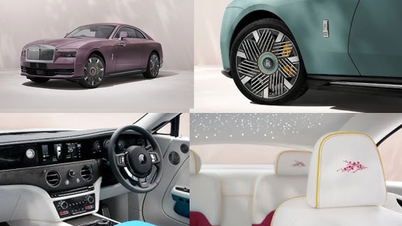
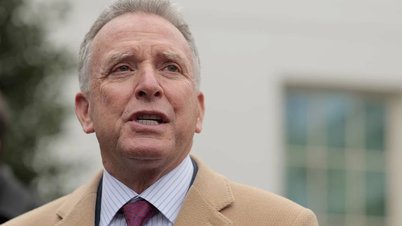



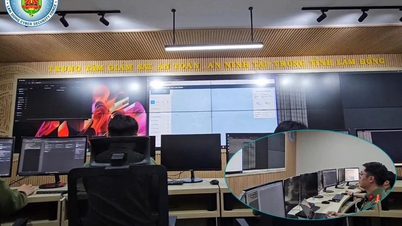

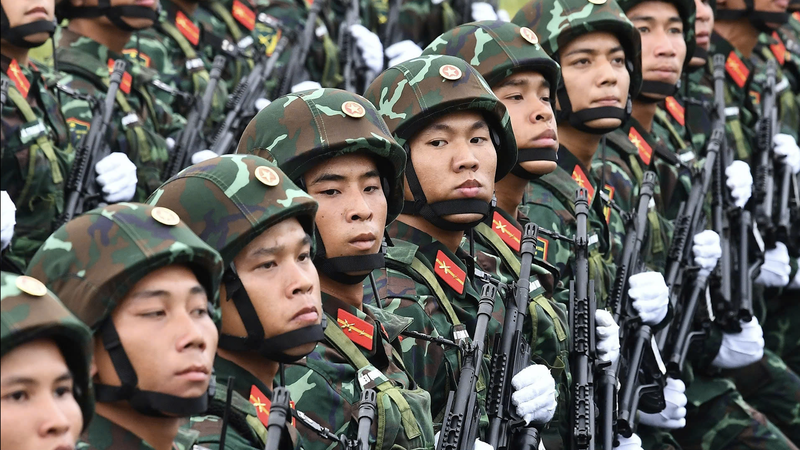













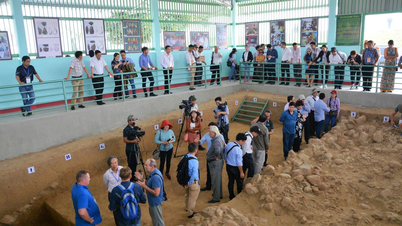

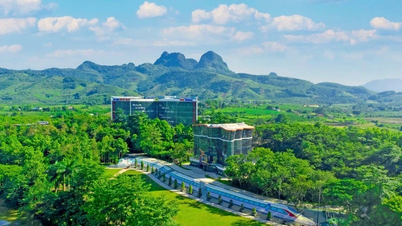









































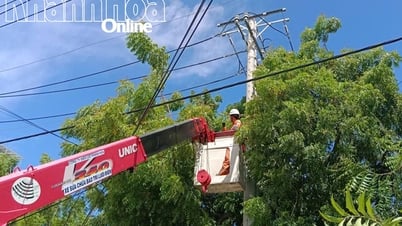
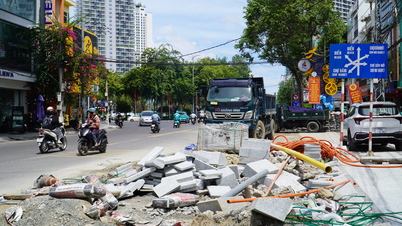
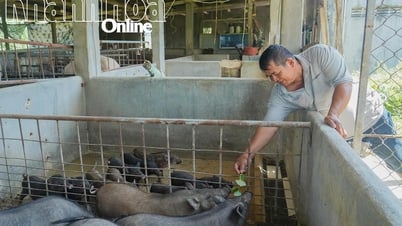















Comment (0)